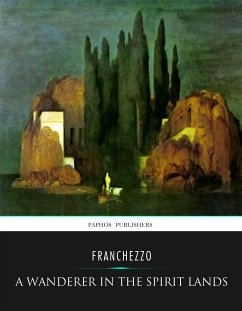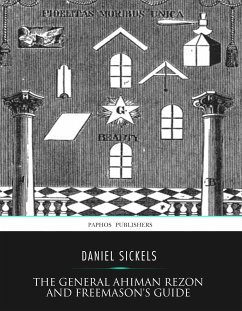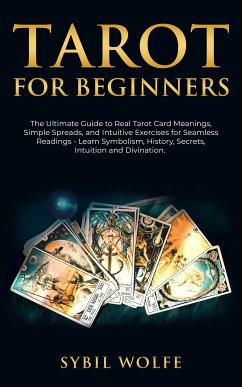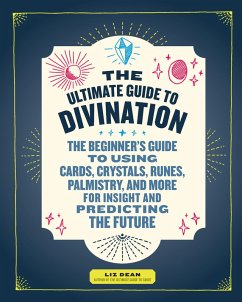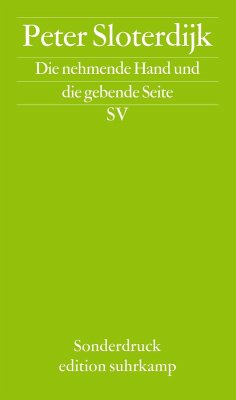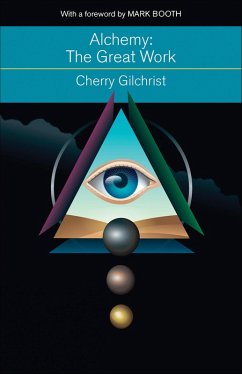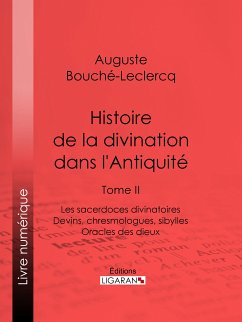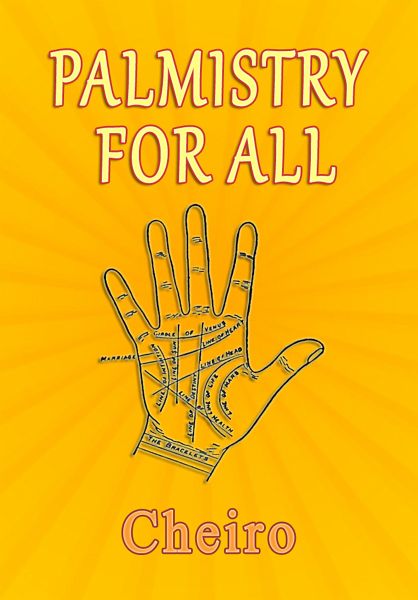
Palmistry for All (eBook, ePUB)
Versandkostenfrei!
Sofort per Download lieferbar
2,49 €
inkl. MwSt.
Weitere Ausgaben:

PAYBACK Punkte
0 °P sammeln!
Observe the fingers. If they look short and stumpy in proportion to the rest of the palm-one may be sure that the individual to whom they belong is of an animal nature, possessing coarse instincts, devoid of real intellectuality, and belonging to the lower order of humanity.If the fingers and the palm appear equal in length, the owner belongs to a more cultured race. He has inherited from a more intellectual line of ancestors and for all work requiring intelligence and a higher mentality he or she could be depended on, whereas the first-mentioned type could not-no matter how well he might talk...
Observe the fingers. If they look short and stumpy in proportion to the rest of the palm-one may be sure that the individual to whom they belong is of an animal nature, possessing coarse instincts, devoid of real intellectuality, and belonging to the lower order of humanity.
If the fingers and the palm appear equal in length, the owner belongs to a more cultured race. He has inherited from a more intellectual line of ancestors and for all work requiring intelligence and a higher mentality he or she could be depended on, whereas the first-mentioned type could not-no matter how well he might talk or advocate his own superiority.
If the fingers look unusually long and thin, and in this way out of proportion to the palm, the man or woman will err on the side of too much ideality and refinement and is not suited to business or work requiring "level headedness" and practicality. It would be useless, for example, to put such a person in charge of work-people or over work-rooms. His ideality and refinement would be thrown away in such positions, and even with the best will in the world he would be completely out of harmony with his surroundings.
Such a man, however, could be depended upon in all positions requiring personal mental work, research, science, literature, philosophy, educational work or, in fact, anything relating to the higher qualities of the mind.
If his fingers, in addition to their length, were also knotty or jointed (joints much pronounced), he could be depended on to a still greater extent for all work requiring great thoughtfulness, detail, and concentration of mind.
If the fingers and the palm appear equal in length, the owner belongs to a more cultured race. He has inherited from a more intellectual line of ancestors and for all work requiring intelligence and a higher mentality he or she could be depended on, whereas the first-mentioned type could not-no matter how well he might talk or advocate his own superiority.
If the fingers look unusually long and thin, and in this way out of proportion to the palm, the man or woman will err on the side of too much ideality and refinement and is not suited to business or work requiring "level headedness" and practicality. It would be useless, for example, to put such a person in charge of work-people or over work-rooms. His ideality and refinement would be thrown away in such positions, and even with the best will in the world he would be completely out of harmony with his surroundings.
Such a man, however, could be depended upon in all positions requiring personal mental work, research, science, literature, philosophy, educational work or, in fact, anything relating to the higher qualities of the mind.
If his fingers, in addition to their length, were also knotty or jointed (joints much pronounced), he could be depended on to a still greater extent for all work requiring great thoughtfulness, detail, and concentration of mind.
Dieser Download kann aus rechtlichen Gründen nur mit Rechnungsadresse in A, B, BG, CY, CZ, D, DK, EW, E, FIN, F, GR, H, IRL, I, LT, L, LR, M, NL, PL, P, R, S, SLO, SK ausgeliefert werden.





